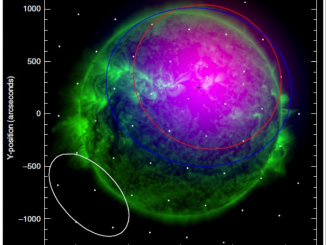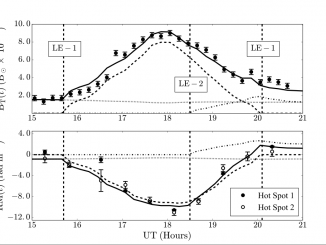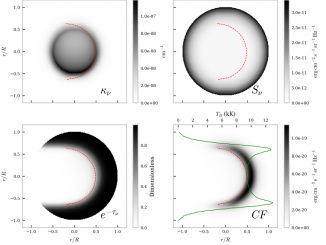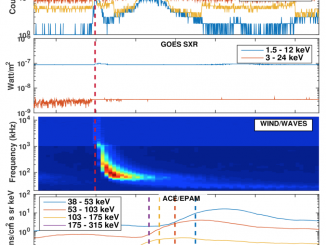Observations of solar radio burst fine structures with LOFAR
by E. Kontar et al.*
During solar flares, electrons are accelerated up to relativistic speeds. As they propagate upwards through the solar corona, they produce so-called type III radio bursts. These type III bursts often demonstrate fine structure, with their spectra consisting of multiple narrowband “striae”; most likely, these structures are caused by small-scale density inhomogeneities of the coronal plasma so that the subsequent fundamental plasma processes that produce the radio bursts is produced in […]




